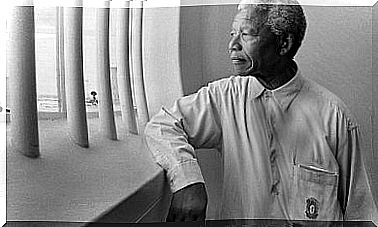Villa 21, Antipsychiatry Experiment
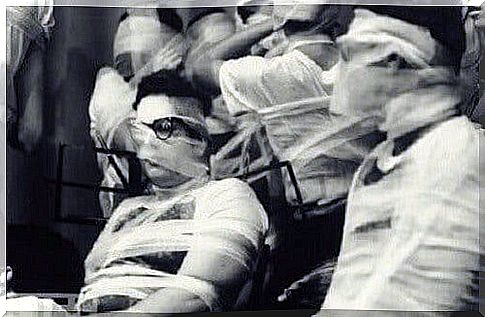
David Cooper was the author of an experiment that we can include in psychiatry and that took place in the so-called Villa 21. Although the results were encouraging, for some strange reason few psychiatrists claim them. Perhaps behind this intentional ignorance, there are economic interests. We all know that doping a mentally ill person is much cheaper than performing other interventions. In the first case, a doctor and a tablet are enough; the second requires staff, time and analysis.
Unfortunately, prejudices against mental illness persist and continue to be nurtured. The idea is being promoted that a person with schizophrenia or bipolar disorder is dangerous to the people around them. Statistics from the World Health Organization itself indicate that only 5% of those diagnosed engage in violent behavior. Among people defined as “normal”, this percentage reaches 10%.
For a long time, the treatment of mental illness has been focused on generating mechanisms that repress emotions and behaviors. Medicines were used that reduced the intensity of emotions and opened the doors of psychiatric hospitals. David Cooper opposed this scheme. From his purely more human vision, the antipsychiatry experiment called Villa 21 was born .
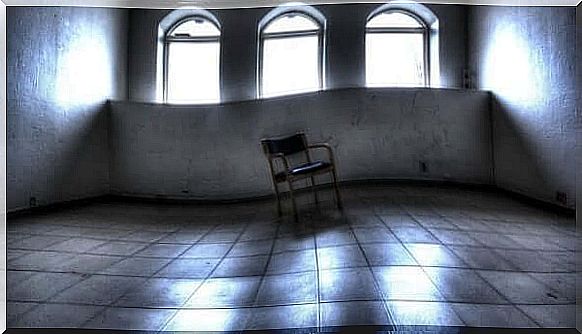
Cooper’s vision
David Cooper developed a phenomenological and existential view of insanity. He was strongly influenced by the ideas of Herbert Marcuse and broke away from the idea that mental illnesses had a physical origin; on the contrary, it focused on social factors as triggers for those stages of rupture with reality. It was from this vision that he carried out his anti-psychiatry experiment.
For Cooper, there were three forms of insanity:
- Dementia. It is that which arises from the influence of the system on individuals. Wars, poverty, ecological damage… These realities disorganize the inner world of the subjects.
- The inner journey. It is a break with reality in which the individual goes in search of his most authentic self, breaking with alienation and building his own life project.
- Social dementia. It is directly caused by the sick environment which ends up making the individual sick. These environments can be family, school, work, etc. The person just has to go crazy to escape from the context.
Cooper was convinced that it was possible to cure all these pathologies. Unlike traditional psychology, it did not consider them to be chronic diseases, but to be overcome by means of adequate treatment. This was precisely the goal of his anti-psychiatry experiment.
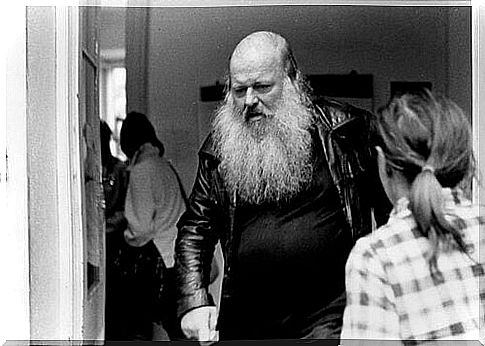
Villa 21 and the antipsychiatry experiment
Cooper started from the idea that young adolescents should not come into contact with the sick who have been locked up for years in the hospital. He managed to get a unit assigned to a large psychiatric hospital in London to carry out his anti-psychiatric experiment. This section was renamed Villa 21.
The section was aimed at welcoming young people and adolescents, setting up a therapeutic community that worked independently and autonomously. Unlike the rest of the hospital which had 2,000 beds in all, Villa 21 had only 19. All the guests in this section were first diagnosed as having schizophrenia.
The selection of staff and nurses was based on a similar criterion: young and inexperienced doctors and assistants were chosen in psychiatric hospitals. They had to be open to the new reality and free from prejudices related to previous experiences.
The interesting results
Villa 21 promoted autonomy. Patients enjoyed a large degree of freedom to make the decisions they felt were relevant. Rules were avoided wherever flexibility could be applied. It was the patients who decided and agreed on the daily activities to be carried out within the unit.
An attempt was made to give particular importance to group dynamics. The role of carers and health professionals was simply to facilitate and suggest. Ultimately, it was the patients who decided on the activities and their execution. Horizontally functioning sub-working groups were formed.
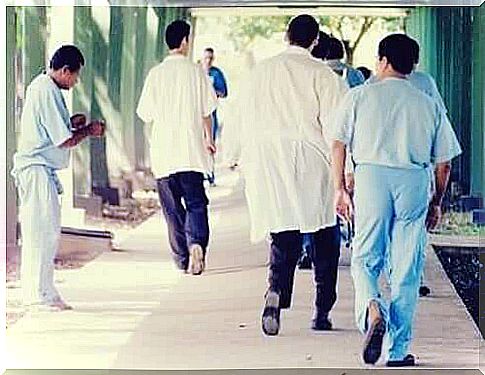
Initially, the new method causes some chaos. However, over time the patients managed to organize themselves in a stable and functional way, improving their health conditions. The experiment took place between 1962 and 1966 and involved 42 patients. Each was discharged before a year of hospitalization, and only 17% had to return.
Despite these results, the antipsychiatry experiment was suspended, but it continues to be a different reading model of psychiatry today.

